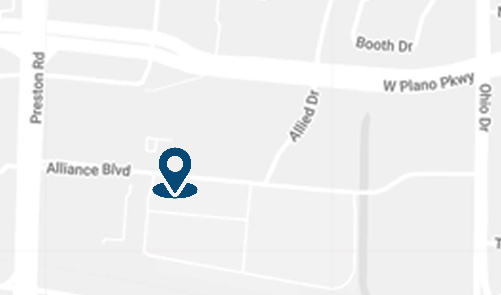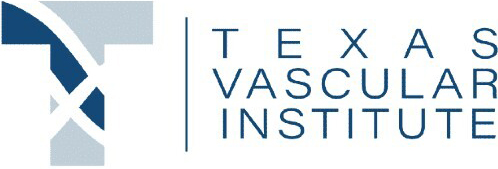Medical researchers estimate that over 900,000 people have deep vein thrombosis (DVT), and as many as 30% of them will die in the first month after their condition is diagnosed. At Texas Vascular Institute in Hurst and Dallas, Texas, Dev Batra, MD, diagnoses and treats DVT, helping to improve your vascular health and reduce your risk of pulmonary embolism and stroke. If you’re concerned about DVT, call Texas Vascular Institute or schedule a consultation online today.

Deep Vein Thrombus (DVT) Q & A
What is DVT?
DVT develops when you have a blood clot in one of your deep veins. The condition usually forms in your legs and is linked to chronic venous insufficiency. Some of the warning signs of DVT include:
- Swelling in your foot, ankle, or leg
- Cramping in the calf of your affected leg
- Unexplained, severe pain in your foot and ankle
- A patch of skin that feels warmer than the surrounding area
- The skin over the affected area looks pale blue or red
DVT is a potentially dangerous health condition. If the blood clot in your leg moves, it can travel rapidly through your veins into your lungs and cause a pulmonary embolism. If you have DVT in your arm or elsewhere in your body, it could lead to a stroke.
What causes DVT?
Many factors contribute to blood clot formation. For example, a traumatic injury or surgery could damage the walls of your veins. When your veins are narrowed or blocked, your circulation is affected, and your risk of developing blood clots increases.
Additionally, if you spend most of your time sitting, the lack of activity can impede your circulation and increase your risk of DVT. Similarly, if you need to spend time on bed rest recovering from surgery or an injury, you have a higher risk of developing blood clots.
Varicose veins are also a warning sign of DVT. If your varicose veins are left untreated, the weakened, swollen veins can extend into your body, eventually reaching your deep veins, creating a place for blood to pool and clot.
How is DVT treated?
Texas Vascular Institute begins with a comprehensive exam, including vascular ultrasounds, to assess your vein health. The ultrasound allows them to identify and locate any blood clots in your veins.
If you have DVT, Texas Vascular Institute provides several treatment options, depending on the severity of your condition. They might prescribe blood-thinning medication or drugs that break up blood clots rapidly. Compression stockings can also alleviate some of your symptoms and support healthy circulation.
In more severe cases, they might recommend a minimally invasive procedure to break up or remove the blood clot. They also offer treatments to close or remove the weakened vein and force your blood to follow a healthier and more efficient route back to your heart.
If you have symptoms of DVT, call Texas Vascular Institute or make an appointment online right away for expert diagnosis and treatment.

WHAT OUR PATIENTS
have to say
Texas Vascular Institute always appreciates feedback from our valued patients. To date, we’re thrilled to have collected 378 reviews with an average rating of 5 out of 5 stars. Please read what others are saying about Texas Vascular Institute below, and as always, we would love to collect your feedback.
Leave a Review
Amazing Practice
I'm very particular with my Healthcare and tend to be cautious with referrals to specialists. This office is amazing from the first point of contact. Their staff are friendly, professional and highly knowledgeable. Then the Dr is just as amazing as his staff, absolutely brilliant. Office manager Jessica has this office running like a well oiled machine and does so with a smile, an air of confidence, kindness and professionalism. Love this practice!!
- Richard G.

Beyond Thankful
Dr Batra and his staff are amazing! We are so grateful to have found him. Everyone is so kind and so caring and Dr Batra explains everything so well and does procedures with excellence. Beyond thankful to be under their care!!!
- Bitsy P.

Gold Standard
This is a gold standard for how a medical practice should be run. I was promptly seen at my scheduled time, my ultrasound was thorough and I received plenty of attention and care from the staff and Dr.Batra.
- Weronika L.
INSURANCE
We accept most major insurance plans. Please contact the medical office for all insurance related questions.









8330 Meadow Rd #100
Dallas, TX 75231
For Appointments: 972-798-4710
General Inquiries: 972-646-8346

809 West Harwood Rd, Suite 101,
Hurst, TX 76054
For Appointments: 972-798-4710
General Inquiries: 972-646-8346

4716 Alliance Blvd Suite #180,
Plano, TX 75093
For Appointments: 972-798-4710
General Inquiries: 972-646-8346

